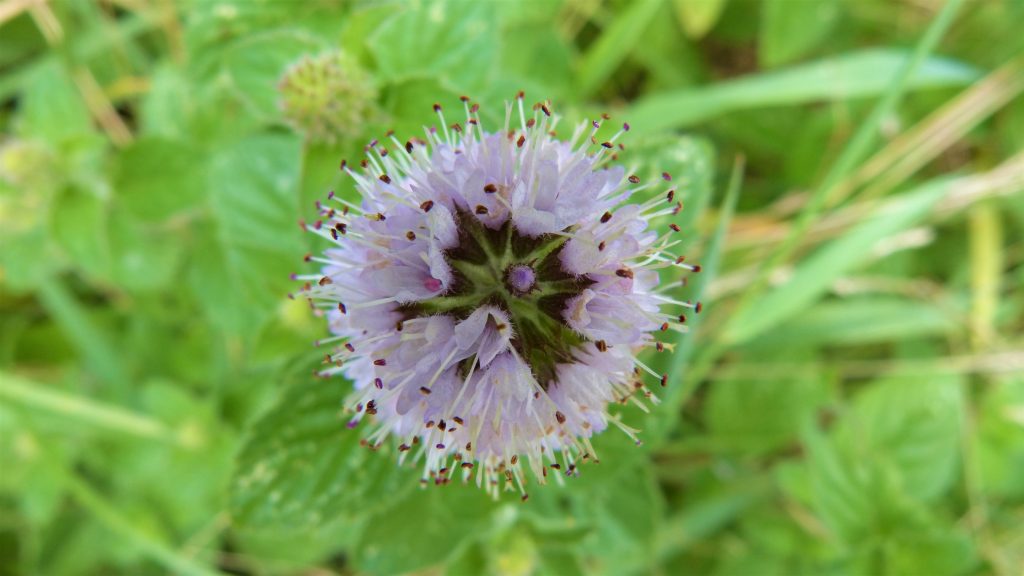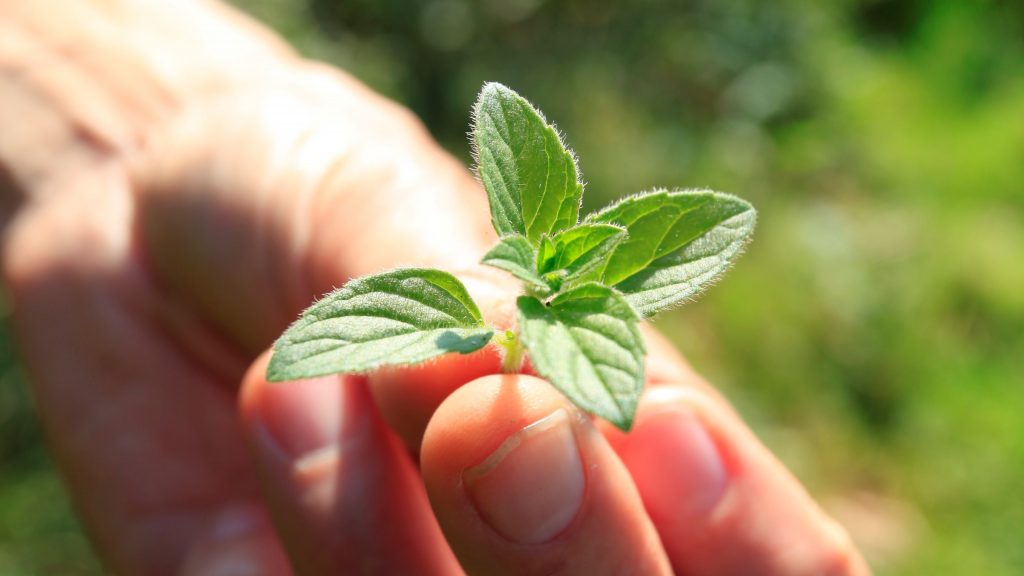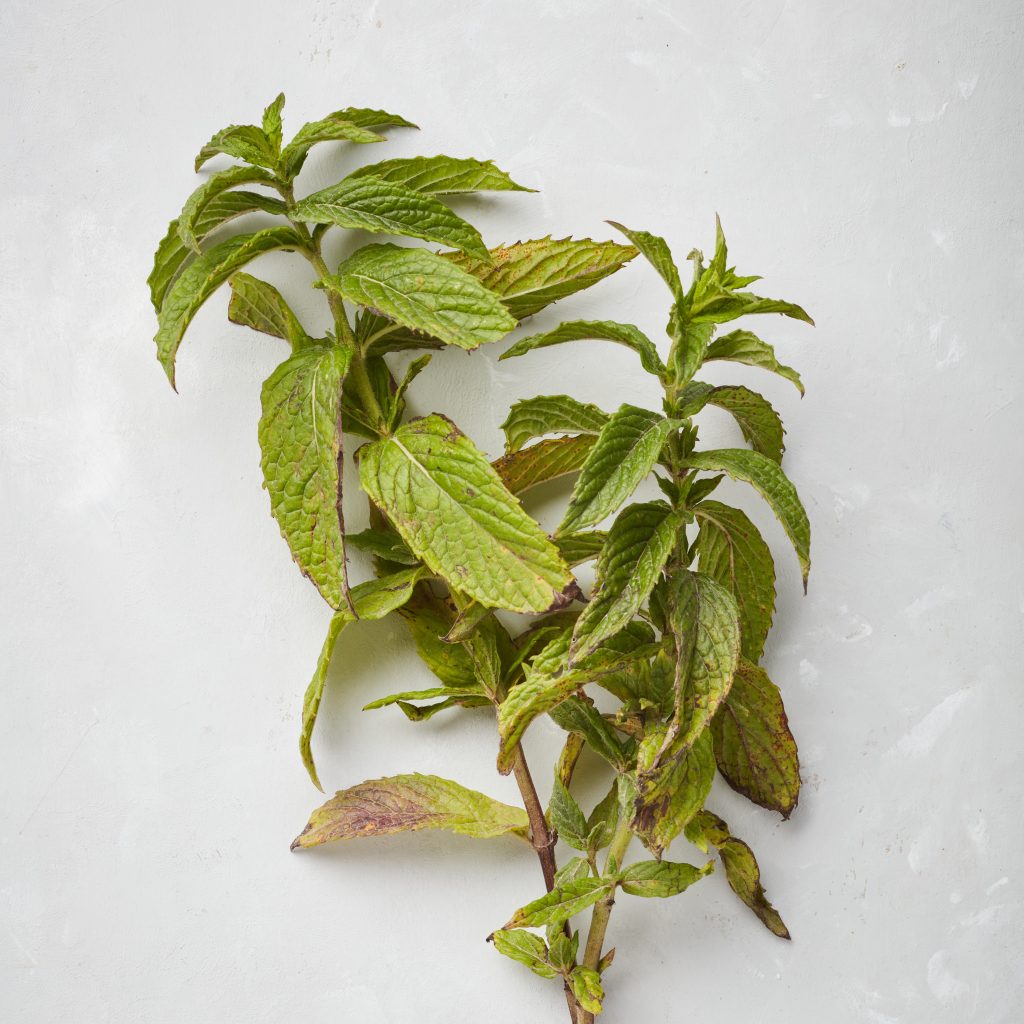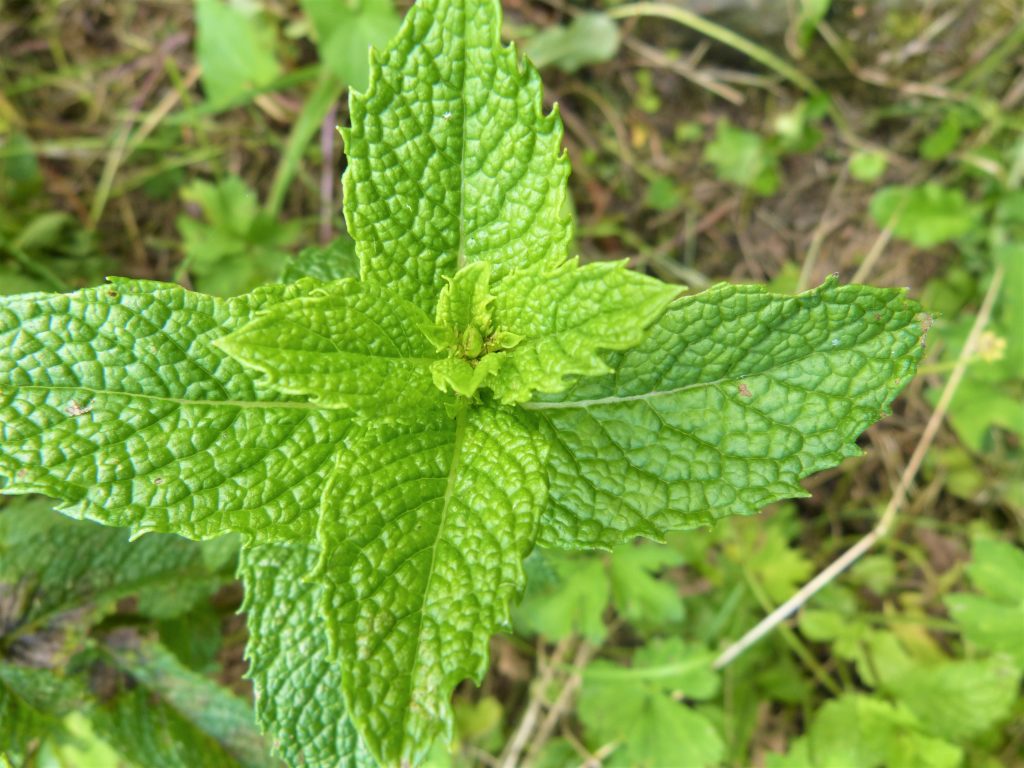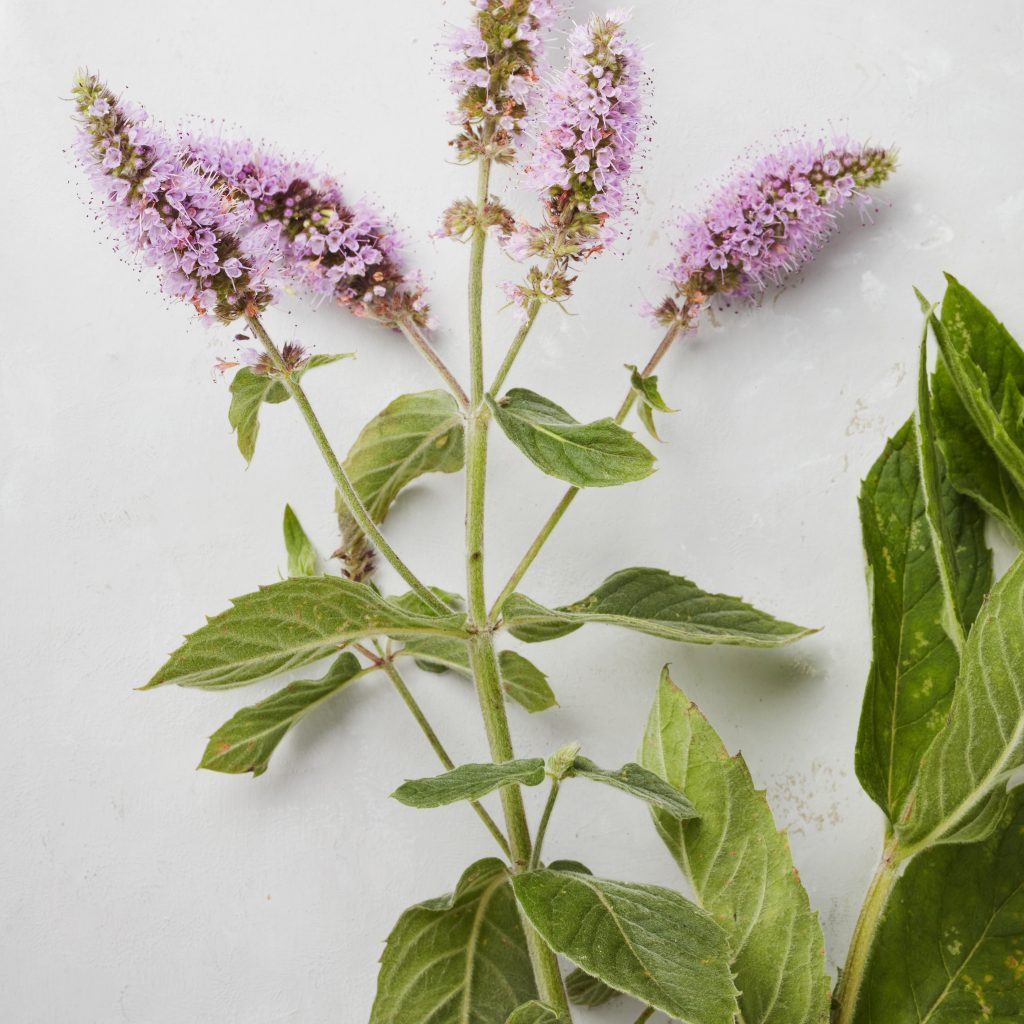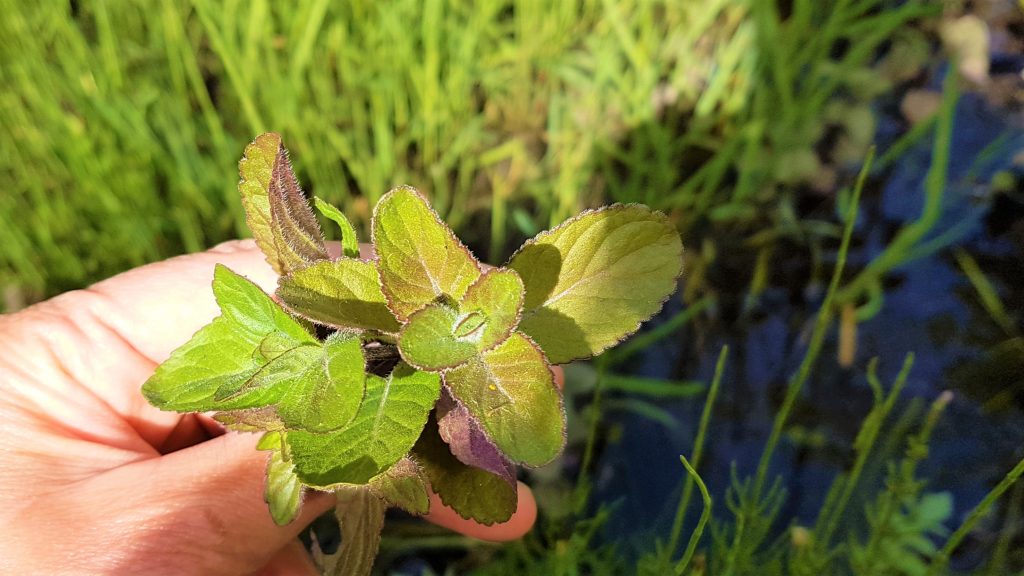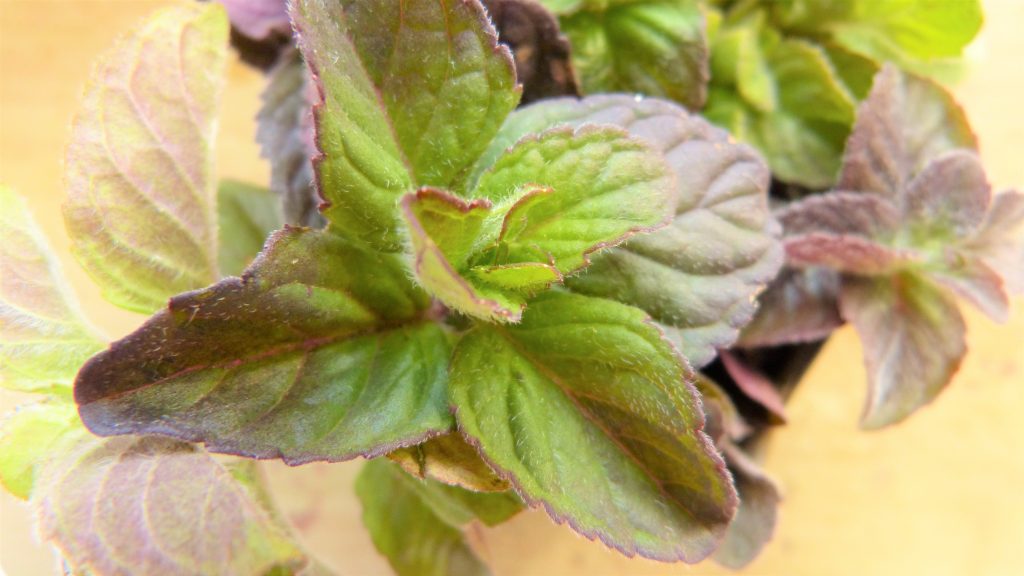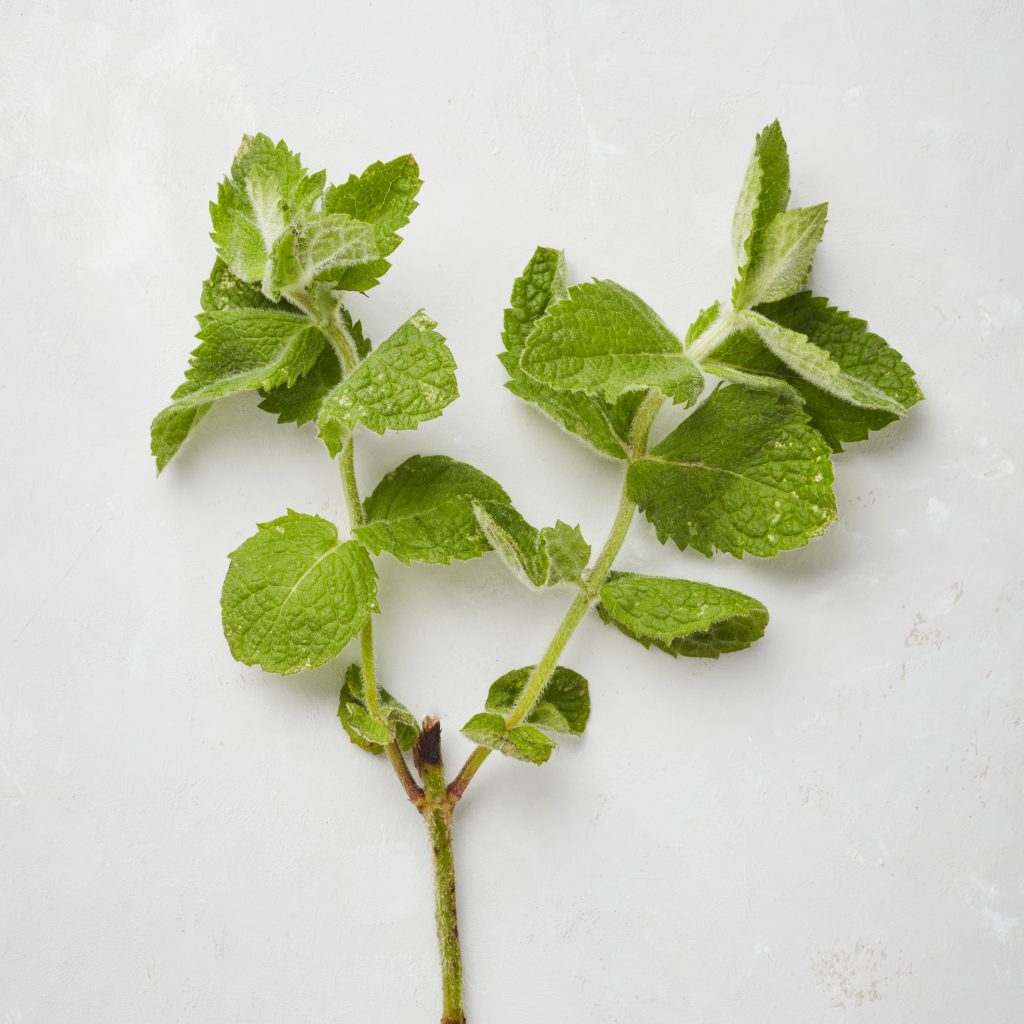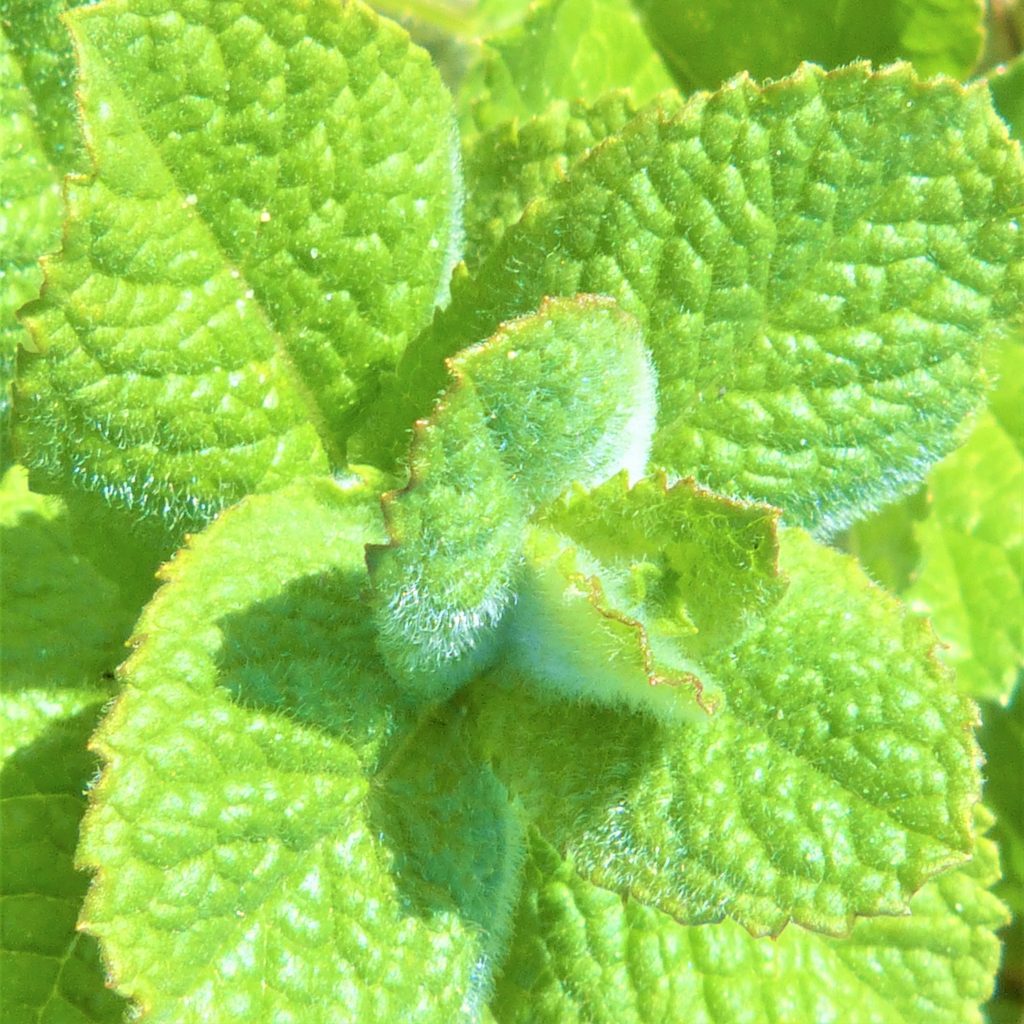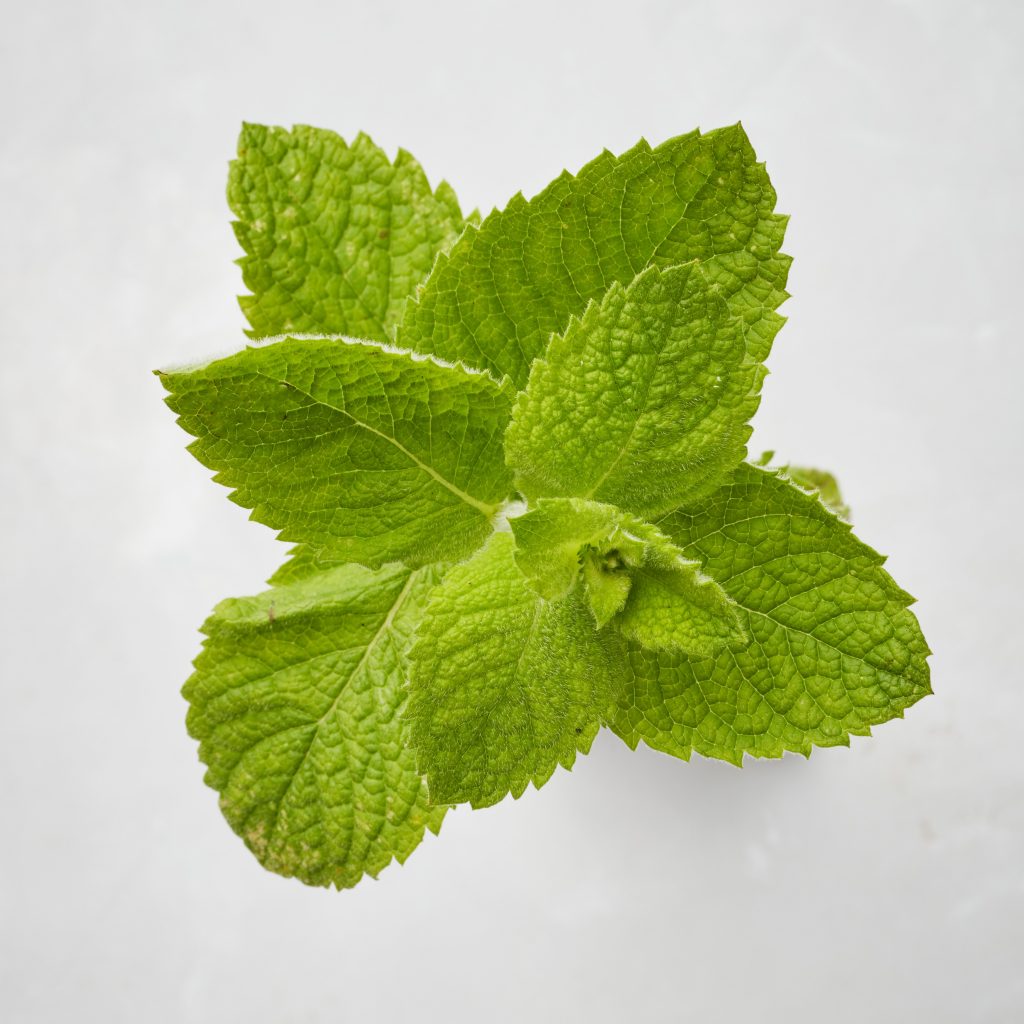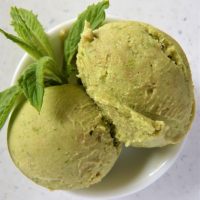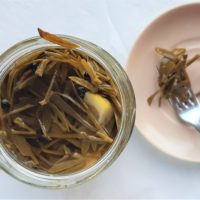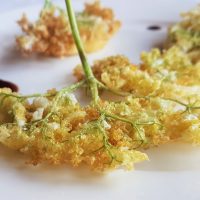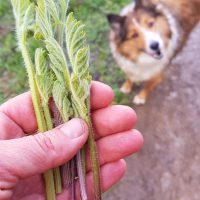Foraging for 4 Different Wild Mints

Wild mint is wonderfully fresh and lingers on my nasal hairs and taste buds! I love it! Mint is also a natural digestive and can help settle upset stomachs and treat colds. Here I share 4 different wild mints - from water mint to apple mint - where to find them and how to identify them.
By the way, have you seen my Mint and Coconut Fridge Cake recipe? It's a delicious and unusual way to enjoy wild mints.

Introducing edible wild mints
I have to say that I found this blog on foraging for wild mints surprisingly difficult to write and match with photos. I've been finding and picking wild mints for years, yet when I came to identifying them I got a little stuck! They hybridise and morph into differing varieties so easily, it can be difficult to know what is what! Though here's my attempt in as simple form as possible...
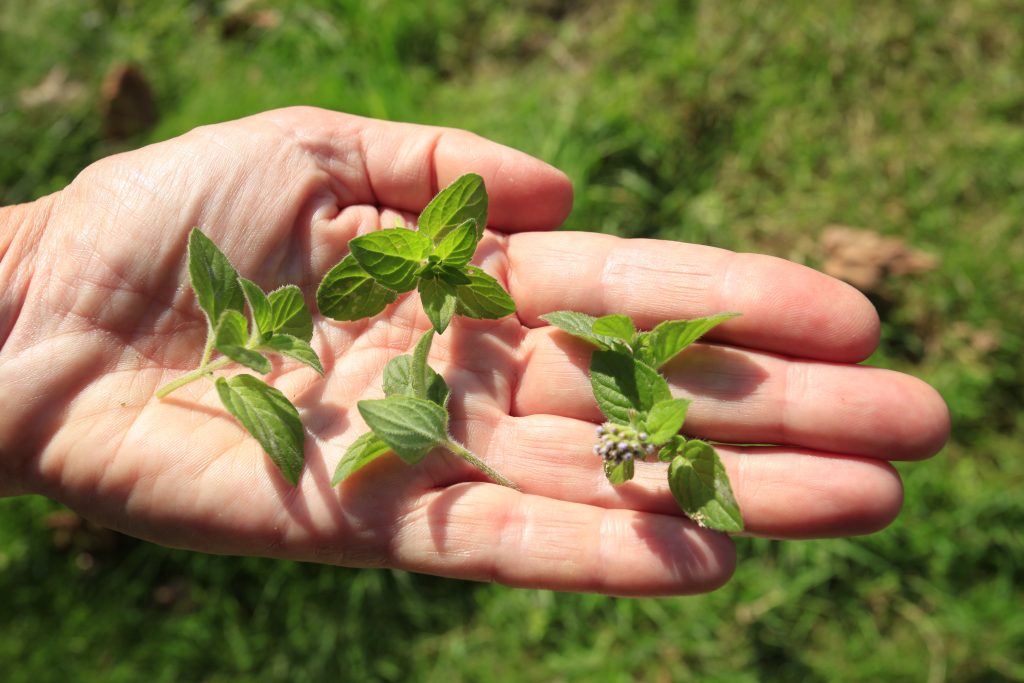
1. Water Mint
A common mint found at, you've guessed it, rivers, streams and boggy areas. It isn't the only waterside mint, though it is the most abundant one. It 'terminates' in a single flower on top! The leaves are downy and the stalks are hairy too.
Like all mints, it hybridises with other mints, in this case with corn mint (Mentha arvenis) and spearmint (Mentha spicata) so the shape and structure can vary . Find it in wet, grassy areas and by fresh water.
2. Spearmint
Spearmint is the most frequent garden mint, with long leaves and long flower heads too. The image with flowers is a hybrid of spearmint and most likely Sharp-leaved mint (Mentha villosonervata) which has downy, furry leaves from combining itself with horse mint. These can be found in gardens, waysides and waste land.
Spearmint has a milder taste and scent to peppermint and produces generously sized leaves for salads, tea, cooked dishes and desserts.
3. Peppermint
Peppermint is actually another hybrid - arghhhhh!! Though the scent is quite distinctive and strong. The leaves are often purple-tinged and it too loves damp ground. I used to assume it was a water mint, which it is, sort of, just not as common.
4. Round-leaved mint and Apple mint
A beautiful apple-scented mint with furry haired round leaves with variations such as Round-leaved mint (Mentha suaveolens), Apple mint (Mentha villosa) or False Apple Mint (Mentha rotundifolia). I love using this to flavour subtle minty-apple sorbet.
Apple mint and mints in this round-leaved family aren't very fussy where they grow. I've found them in hedgerows, waste ground, in gardens and on the edge of gardens too.
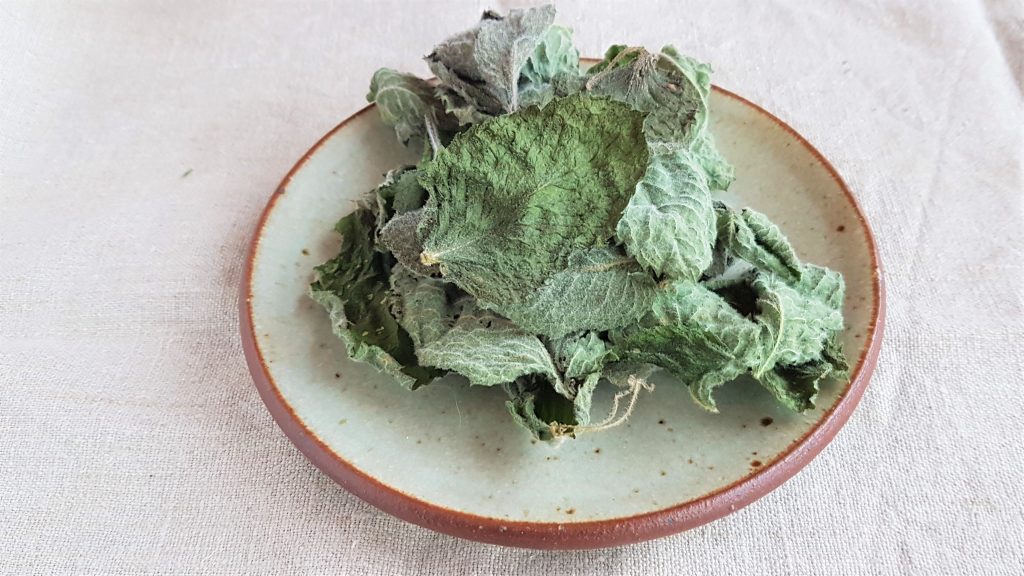
Notes on drying wild mint
Fresh mint is wonderful, wonderful, wonderful! Though drying mint is surprisingly good too. I simply leave the leaves in a warm place for a couple of days then store them in a sterilised jar. These dried leaves are perfect for tea and for some new mint recipes coming soon! Keep for up to one year, which is still much shorter than many mint tea products on the market, meaning the flavour can be much more potent and delicious!
Leave a Reply
Tags: edible leaves and flowers, mentha, mentha aquatica, mentha piperita, Mentha suaveolens, scented plants, Summer foraging, wild mints
